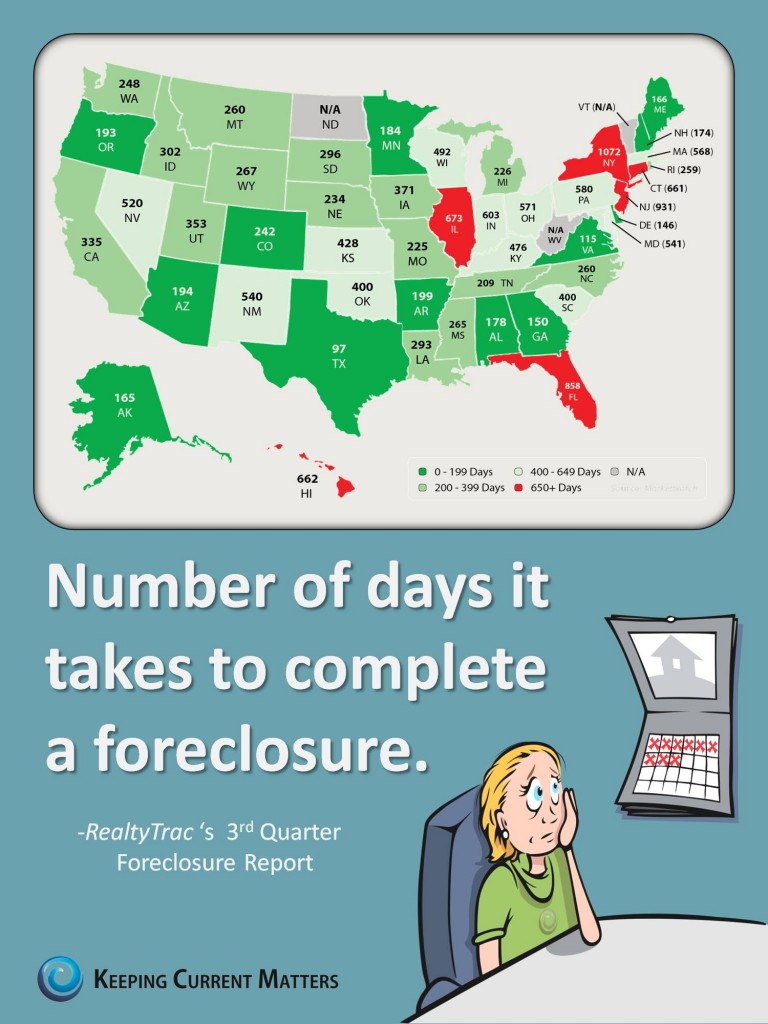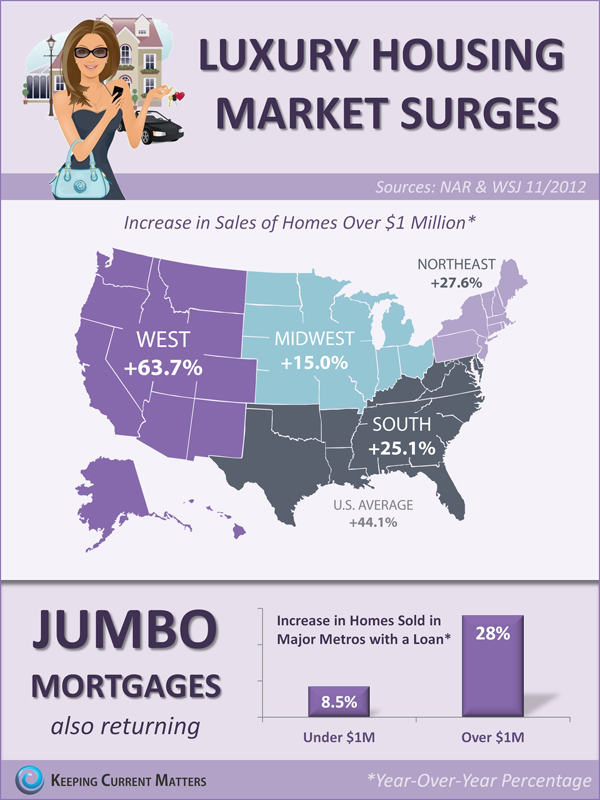 The housing market is poised for a “gradual but steady” recovery in 2013, with housing starts, permits, prices, home sales, and builder confidence all on the rise, the National Association of Home Builders reports. But how close to “normal” is the housing market?
The housing market is poised for a “gradual but steady” recovery in 2013, with housing starts, permits, prices, home sales, and builder confidence all on the rise, the National Association of Home Builders reports. But how close to “normal” is the housing market?
Remodeling has returned to normal levels, says David Crowe, the NAHB’s chief economist, using the 2000-2002 period as a benchmark for normal levels. Mutlifamily production is 69 percent of normal.
“It’s the single-family market that has the farthest to go, standing at only 40 percent of what is considered a typical market,” Crowe says.
The housing market is expected to make big strides to getting closer to more normal levels, due mostly to a rise in home prices and household formation that is adding to demand, the NAHB reports.
Single-family housing starts are forecasted to reach 534,000 units this year, up 23 percent this year from 2011. For 2013, single-family housing starts is expected to jump 21 percent in 2013 and another 29 percent gain in 2014 to 837,000 units.
Multifamily production is forecast to jump 31 percent this year to 233,000, and gain another 16 percent in 2013 to 270,000.
New single-family home sales are forecast to post a 20 percent jump this year to 367,000 and to rise another 22 percent in 2013, and reach 607,000 by 2014.
Source: National Association of Home Builders


 According to the National Association of Realtors Dr. Lawrence Yun, NAR chief economist, said there is Median prices, and the impact of distressed properties healthy market demand. “Momentum continues to build in the housing market from growing jobs and a bursting out of household formation. “With lower rental vacancy rates and rising rents, combined with still historically favorable affordability conditions, more people are buying homes. Areas impacted by Hurricane Sandy show storm-related disruptions but overall activity in the Northeast is up, offset by gains in unaffected areas.”(NAR), existing home sales continued to improve in November with low inventory supply pressuring home prices, rising 5.9 percent for the month, spiking 14.5 percent compared to November 2011. NAR reports that sales are at the highest level since November 2009.
According to the National Association of Realtors Dr. Lawrence Yun, NAR chief economist, said there is Median prices, and the impact of distressed properties healthy market demand. “Momentum continues to build in the housing market from growing jobs and a bursting out of household formation. “With lower rental vacancy rates and rising rents, combined with still historically favorable affordability conditions, more people are buying homes. Areas impacted by Hurricane Sandy show storm-related disruptions but overall activity in the Northeast is up, offset by gains in unaffected areas.”(NAR), existing home sales continued to improve in November with low inventory supply pressuring home prices, rising 5.9 percent for the month, spiking 14.5 percent compared to November 2011. NAR reports that sales are at the highest level since November 2009.

![clip_image002[5] clip_image002[5]](http://www.emmanuelfonte.com/wp-content/uploads/2012/12/clip_image0025_thumb.jpg)
![clip_image002[7] clip_image002[7]](http://www.emmanuelfonte.com/wp-content/uploads/2012/12/clip_image0027_thumb.jpg)
![clip_image002[9] clip_image002[9]](http://www.emmanuelfonte.com/wp-content/uploads/2012/12/clip_image0029_thumb.jpg)




